Farmer’s Guide to Trucking Regulations available to Ohio Farm Bureau members
The guide includes a farm driver checklist, overview of state and federal regulations and exemptions, CDL qualifications and more.
Read More
In the latest episode of Field Day with Jordan Hoewischer, Ohio Farm Bureau’s Director of Water Quality and Research steers from those topics as he talks with Marissa Mulligan, policy outreach fellow for the Ohio Farm Bureau, about an epidemic many in Ohio are drowning in – the opioid crisis.
Hoewischer and Mulligan discussed the impact of the opioid epidemic in rural communities and how Ohio Farm Bureau is helping by hosting Hope for Ohio events around the state. Hope for Ohio is a series of regional events that focus on peer-to-peer prevention strategies at a local level.
Field Day with Jordan Hoewischer is an ongoing series of conversations with experts and leaders who are helping to shape and secure the future of Ohio’s ag industry for generations to come.
Following are some highlights from this episode.
A: The statistics alone are pretty overwhelming. So, drug overdose, accidental drug overdose is the number one cause of death in Ohio. It’s surpassed car accidents. The national average for overdose deaths per 100,000 people ages 15 to 64 is 22.5. Ohio’s average is 39.5. We rank third in the nation behind West Virginia and New Hampshire. In some of the southern counties where it’s hit really hard those numbers can reach 66.1 and Brown County is 70.8. It’s a huge issue. 72,000 people died in 2017 due to accidental overdose.
A: I think our members really came to us because there’s not only that personal connection but there’s also that business aspect. It’s really hard for them to hire people that can pass drug tests. I have a friend that’s literally facing this every day. She hauls manure and she can’t have someone driving her trucks that can’t pass a drug test. I think a lot of farmers are facing that issue. I think that’s why they really came to us and said, you know, there’s something that we need to do here. We’ve really fallen into the role of youth led prevention because I think that’s where we can help the best as an organization and touch the people that we already have strong communication with.
A: I’ve been really encouraging people to look at the (Ohio Opioid Education Alliance) Denial, Ohio campaign. It’s really good. Everyone should look it up. They gave me a stat one day that 66 percent of people think that the opioid crisis is an issue. But only 19 percent of that 66 percent actually think that it could be an issue for their family. So I think there’s a huge disconnect between it being an issue and that issue will never come to my family, which is just not true.
Click here for more information about the Ohio Opioid Education Alliance’s Denial, Ohio campaign.
To learn more about the Farm Town Strong campaign, a collaboration between American Farm Bureau and National Farmers Union, click here.


The guide includes a farm driver checklist, overview of state and federal regulations and exemptions, CDL qualifications and more.
Read More


Katie Share of Columbus has been named ExploreAg and Youth Development Specialist for Ohio Farm Bureau.
Read More

Mary Klopfenstein of Delphos has been named Young Ag Professional and Ag Literacy Program Specialist for Ohio Farm Bureau.
Read More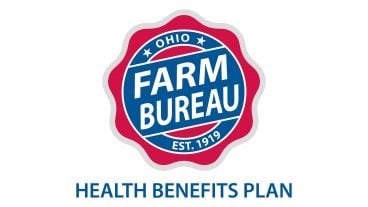
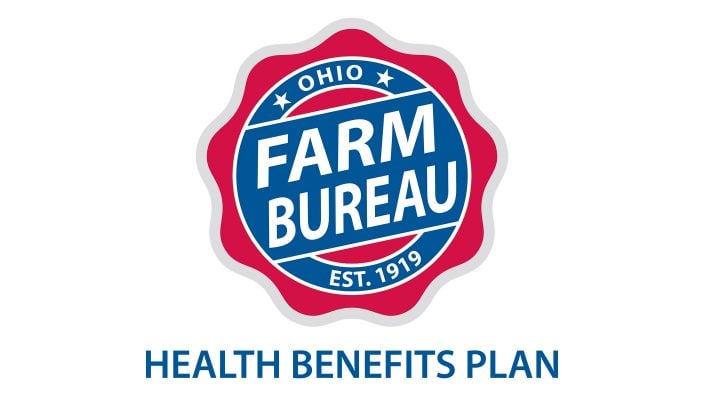
The plan has been updated to give sole proprietors access to more rate stability and a smart solution that offers potential savings on health care.
Read More

The American Farm Bureau Federation, in partnership with Farm Credit, is seeking entrepreneurs to apply online by June 15 for the 2025 Farm Bureau Ag Innovation Challenge.
Read More
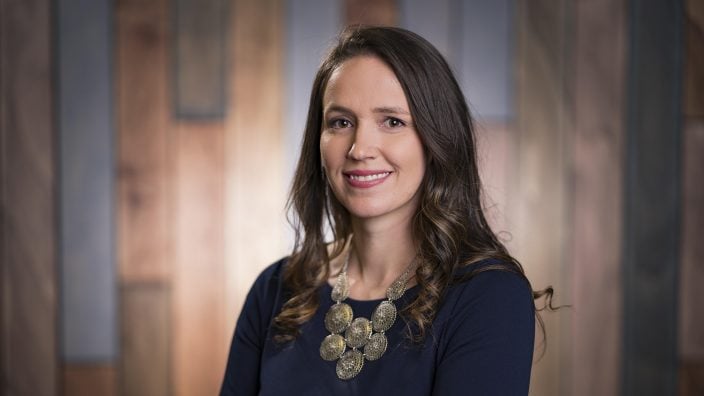
Adele Flynn of Wellington has been elected treasurer of the Ohio Farm Bureau Federation and now holds the third highest elected office in Ohio’s largest and most influential farm organization.
Read More
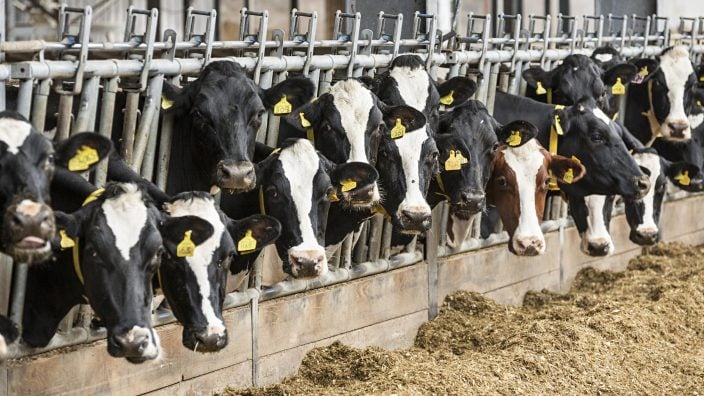
Producers are urged to work with their veterinarian to practice enhanced biosecurity measures and review and limit cattle movements within production systems.
Read More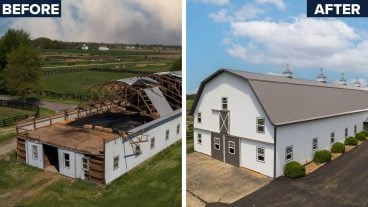
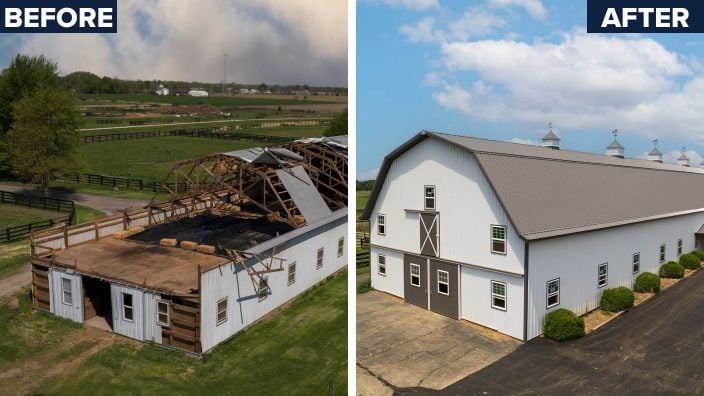
The changing seasons bring with them the need to thoroughly inspect pole barns for any damages that may have occurred during the winter months.
Read More
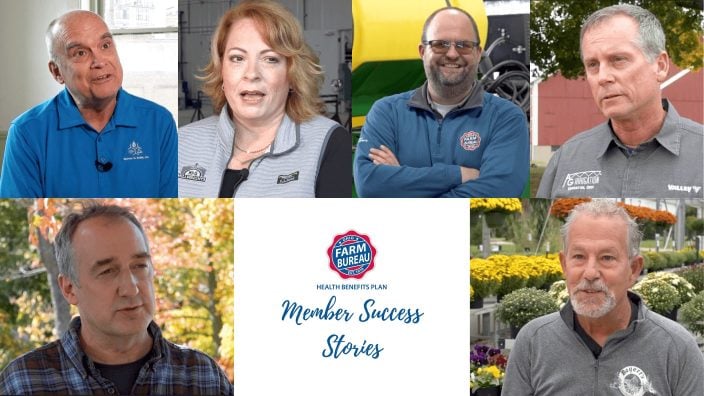
Hundreds of Ohio businesses and sole proprietors are raving about Ohio Farm Bureau’s Health Benefits plan with lower, predictable costs and easy enrollment and administration options.
Read More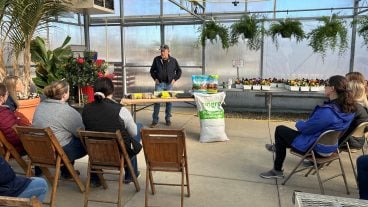
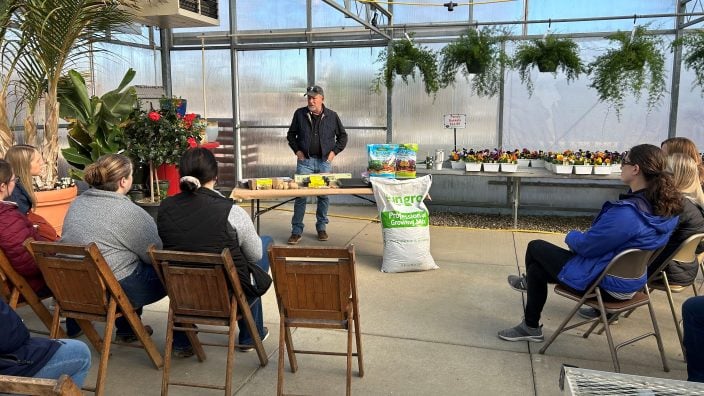
AgriPOWER Class XIV spent a few days in March in Medina and Wayne counties learning more about northern Ohio agriculture from leaders in Ohio Farm Bureau.
Read More